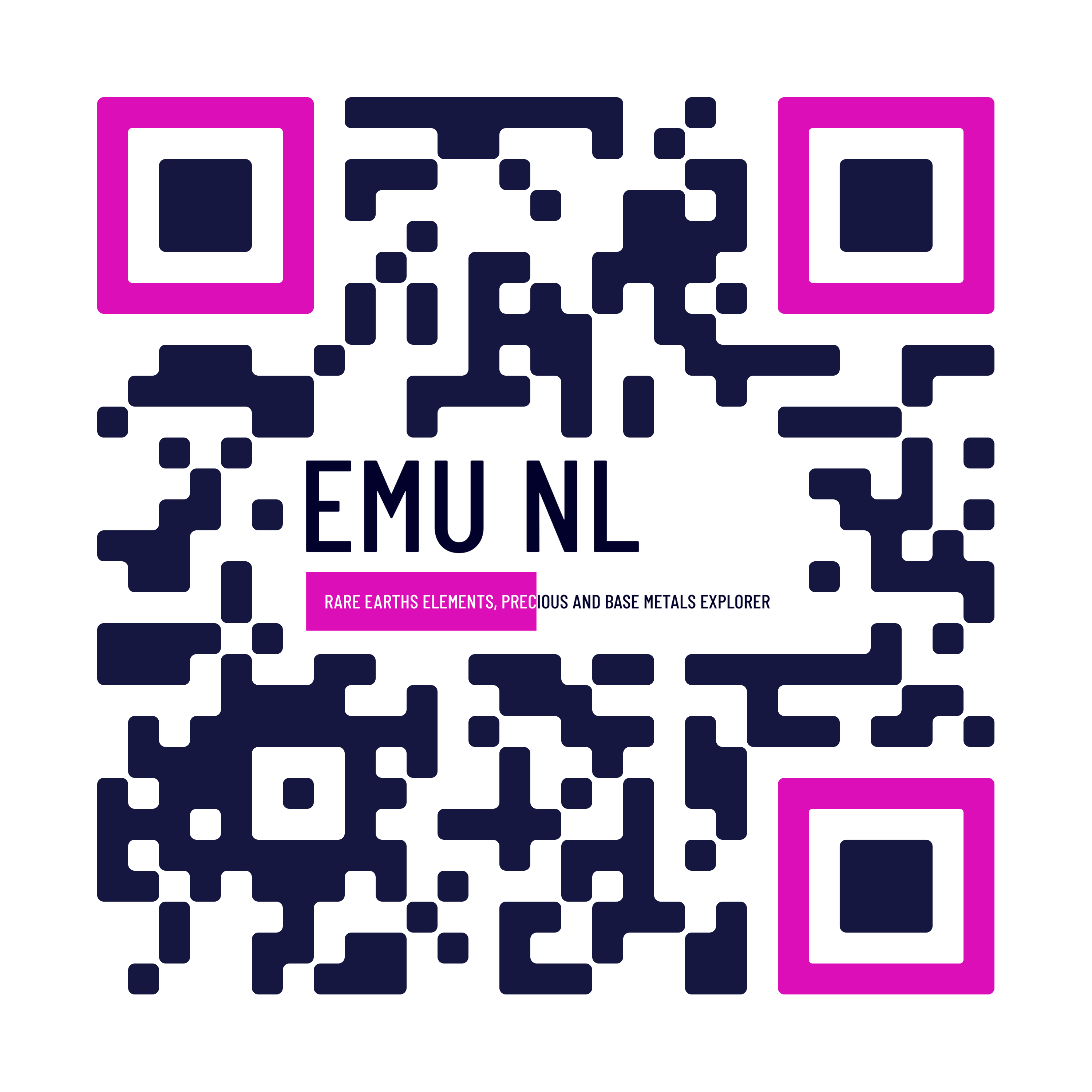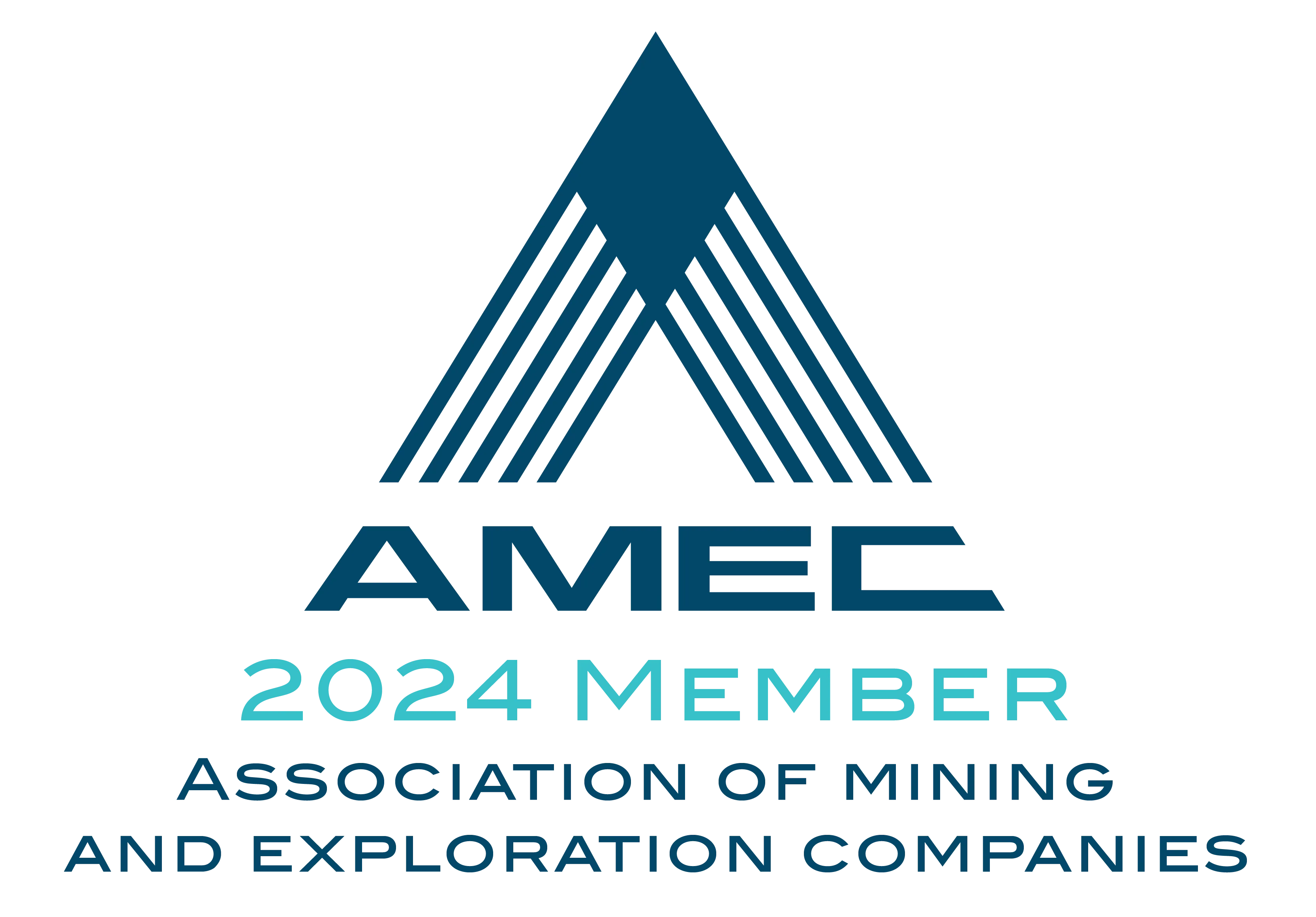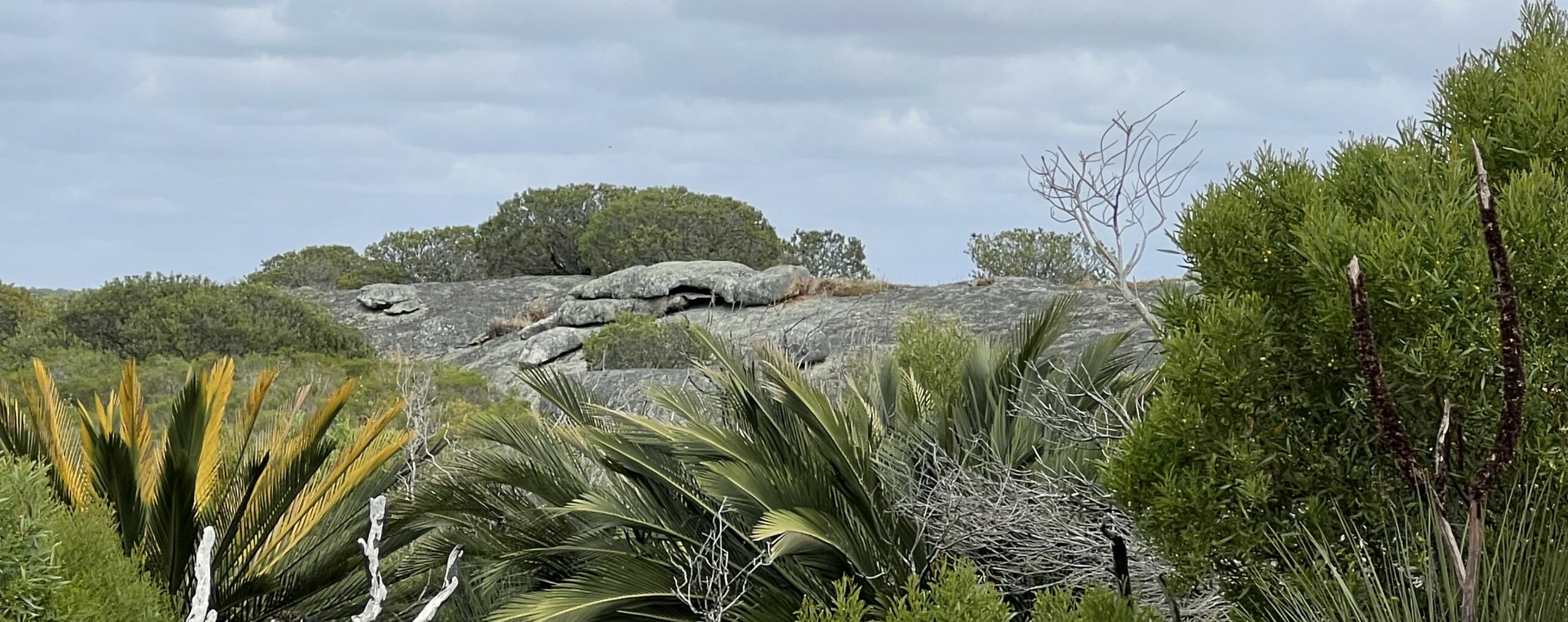
CONDINGUP RARE EARTH PROJECT
Project Highlights
EMU applied for more than 1,000 square kilometres of exploration tenements which cover the last remaining, unpegged, Booanya granite suite near Esperance WA. These late-stage granite intrusive rocks have been demonstrated by OD6[1] and GSWA public information to contain anomalous, high value REE within the weathered clay layer adjacent and overlying the host rock. It is posited that large areas of shallow rare earth enriched clays will be of the ionic absorption clay hosted type that is a feature of China’s production (the world’s largest producer of REE from clay hosted deposits). This attribute, coupled with the shallow setting of the Condingup Rare Earth Project could provide significant advantages including low costs of processing and mining of the rare earth elements.
[1] ASX:OD6 ASX Release “Prospectus”, Project Overview – Independent Geological Report 20 June 2022
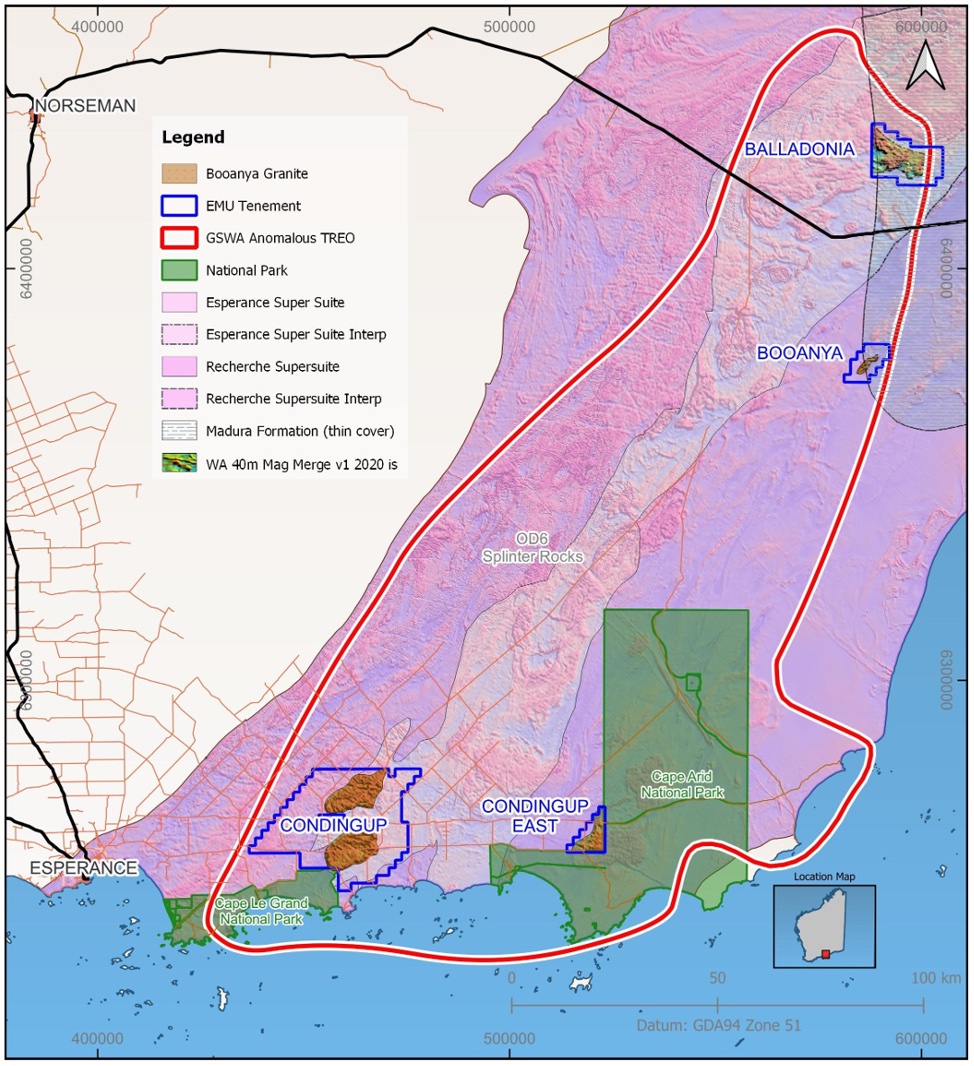
Figure 1. EMU tenements held and applied for over Booanya Suite granites at Esperance and Balladonia situated within the Albany Fraser Orogen.
EMU’s hydrological investigation work into water bore depths in the Condingup area and within its current tenement package indicate bore depths, with thick clays to 60m depth. EMU considers the potential for magnet “heavy” REEs within its tenements to be very high given the results reported by near neighbour ASX:OD6.
EMU’s Condingup Rare Earth Project comprises of 5 separate locations, 3 in the Condingup area, located just 35kms from Splinter Rocks (OD6) and 2 in the Balladonia area, on the western margins of the Nullarbor plain. At Balladonia, part of the interpreted Booanya granite intrusive suite is covered by a thin layer of limestone at the margins of the plain.
In EMU’s assessment of publicly available aeromagnetic and GSWA soil sample data, it is apparent that the Booanya granite features in this tenement package are beneath a thin veneer of Madura Formation, sand and limestone. An exploration licence area of 180 Km2 has been applied for. The prospectivity for REE in the Balladonia tenements is further vindicated by several GSWA samples reporting significantly anomalous TREO to the west, within the same interpreted Booanya Suite granite.
A further package of tenements, comprising 64Km2, east of Booanya Station, has been applied for. Aeromagnetics indicate a discrete zone of Booanya granite, again underlying Madura Formation thin cover.
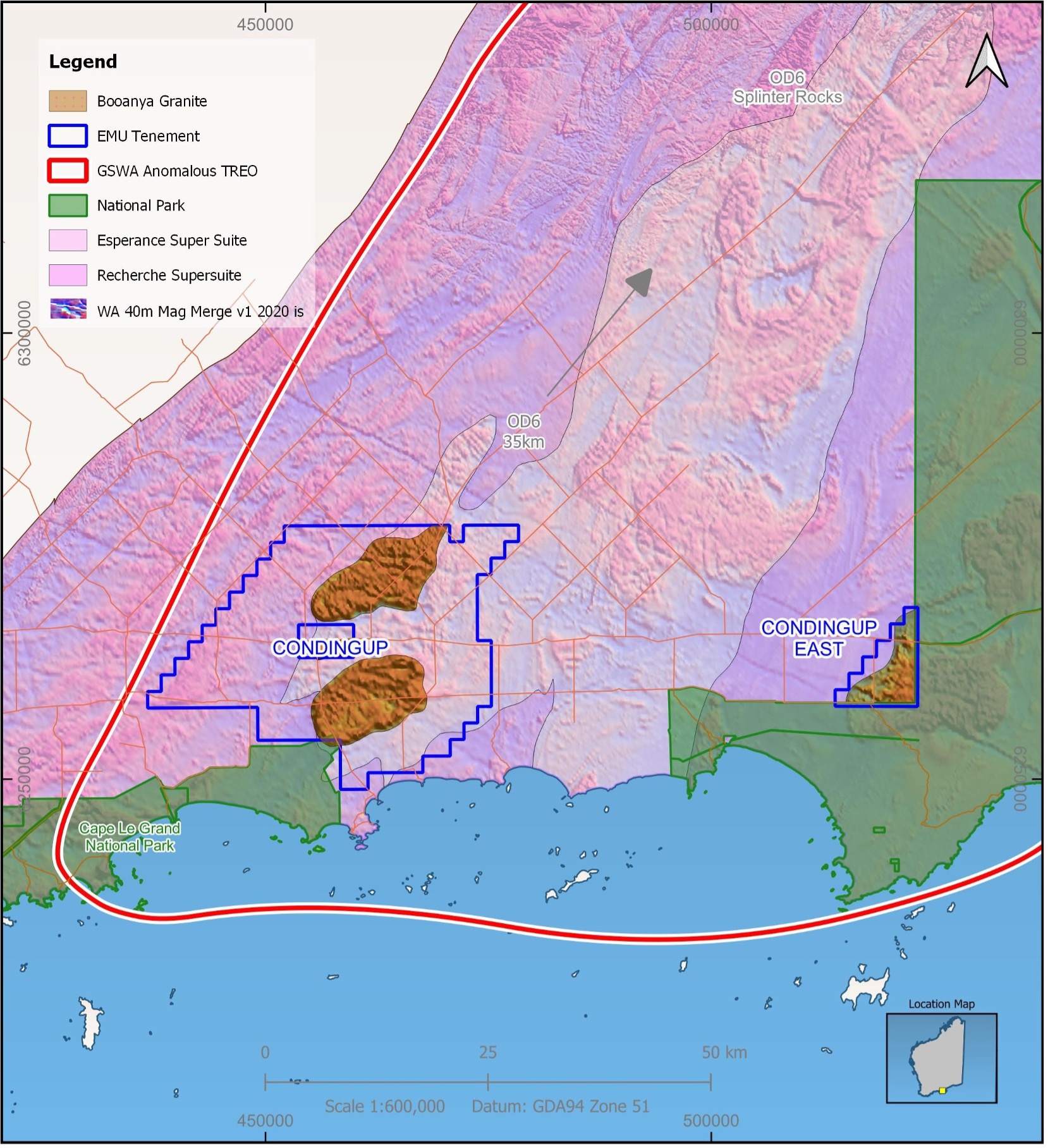
Figure 2. EMU tenements held and applied for over Booanya Suite granites at Balladonia and east of Booanya Station.
EMU will commence its exploration activity following reconnaissance site visits to the region. An aircore drilling programme will be scheduled in the first half of 2023 following administrative processes to secure access to drill areas.
The Condingup Rare Earth Project Advantage
The Condingup Project is a superb REE asset and if developed possesses leading advantages over most other rare earth deposits . These include:
- REE “Heavy Rare Earth Elements” Nr, Pr endowment (ASX:OD6)
- Low-cost strip mining with waste returned for rehabilitation
- Esperance area identified as outstanding wind and solar location
- Esperance to be become green hydrogen hub
- Rare earth processing of ionic absorption can be “ washed off” or de absorbed using ammonium sulphate in weak acid solutions. Cheaper cleaner and greener
- Esperance has infrastructure comparative advantage including sealed roads to Condingup
- Esperance deepwater port is a mining port
- Shallow clays – cheaper exploration, aircore drilling
EMU’s Ground Position in the prospective Albany –
Fraser Orogen -Condingup Project
EMU Condingup Project is situated in the Albany – Fraser orogen (AFO) which is located along the south-eastern margin of the Archaean Yilgarn Craton. (Fig 1.)
The prospects Condingup, Condingup East, Booanya and Balladonia exploration licences cover sub-crops of the fractionated anorogenic (“A – Type”) Booanya granites. The latter are REE rich granitoid stocks with REE’s hoisted within probable monazite, allanite and xenotime as described in GSWA Report 150 (2015) of Smithies, Spaggiari and Kirkland. The Booanya granites have been intruded into the foliated meta-granites or gneisses with syenogranite, monzogranitic and granodioritic compositions which comprise the felsic rocks of the Recherche Supersuite dated at between 1,330 to 1,260 Ga (Middle Proterozoic). The Booanya granitoids are the source of leachable REE’s which are known to be trapped in ionic trapped saprolitic clays (illite and kaolinite) within the regolith profile.
The Booanya Suite Granitoids all lie within the eastern Nornalup Zone and within an approximately 90 km wide, north easterly trending, generally moderately to strongly magnetic belt. These granites are ferroan, range from alkali-calcic to alkalic, and fall within the within-plate field on tectonic discrimination diagrams. They are generally enriched in K2O, TiO2 and P2O5 compared with the Truslove Suite granites, although it is the strong enrichments in LREE (in particular) that distinguish granites of the Booanya Suite from those of then Truslove Suite, and from all other granite groups of the Albany– Fraser Orogen. These enriched characteristics extend across the full REE spectrum, and including Th, U and HFSE.
Recent Activity and Success
Recent technical success has been achieved by ASX listed junior OD6 Limited (ASX:OD6). This company has defined potential REE resources on their Splinter Rock prospect. The new discoveries have Total Rare Earth Oxide (TREO) contents from 400 ppm to 2,000 ppm. The mineralization is hosted within a flat lying (virtually horizontal) clay rich layer, which lies between 15m and 50 m below the ground surface. TREO concentrations are most strongly developed directly over and/or on the immediate flanks of sub-cropping fractionated Booanya granite stocks in the weathered bedrock. These source granitoid stocks vary in width from 4 to 6 km.
The strongly developed lateritic weathering profile, in which ponded groundwater brines are concentrated within saprolitic clays, has resulted in intense leaching of enriched primary REE hosted within the Booanya granitoids accessory REE phosphate minerals La – monazite, La – allanite and xenotime (wakefieldite). The latter minerals are enriched in the HREE elements neodymium and praseodymium which are the most important HREE elements concentrated in the TREE – ionic clays discovered by OD6. Ion – clay hosted REE deposits are also known as “weathering crust elution-deposited rare-earths”.
These deposits are virtually identical in most of their geologic characteristics to those described from sparsely distributed throughout seven adjacent provinces of southern China (Jiangxi, Guangdong, Fujian, Zhejiang, Hunan, Guangxi and Yunnan). In spite of an extremely low ratio of ion-adsorption rare earth reserves (2.9% of China’s total rare earth reserves), these type of rare earth deposits have accounted for 26% of China’s total rare earth production between 1988 and 2007 increasing to 35% by 2009.
The Prospectivity of EMU Ground Holding
EMU has pegged all the recognized sub – cropping Booanya granitoid stocks apparent in the aeromagnetic data, not already pegged. The EMU tenements cover almost identical geologic situations to those REE prospects discovered by OD6 on their Splinter Rock prospect. Hence, EMU has a very strong chance of making similar REE discoveries to those already made by OD6.
Metallurgy of REE ionic clay deposits
Unlike other rare earth minerals, which are in solid state mineral phase and tend to be symbiotic or associated with the radioactive elements uranium and thorium, ion-adsorption rare earth minerals occur at a simple trivalent cationic state, which is simply adsorbed onto clays and readily extracted by a simple leaching technique with an aqueous electrolyte solution (sodium chloride or ammonium sulphate) via an ion-exchange process: 2(Kaolin)3−RE3++3(NH4)2SO4– 2(Kaolin)3−(NH4)3 ++RE2 3+(SO4)3 2−. Therefore, the extraction of ion-adsorption rare earths is carried out by mining followed by tank or heap leaching with sodium chloride or ammonium sulphate solution. This will represent enormous advantage for EMU’s project should it prove its promise to be economic.
Market updates right to your inbox!
